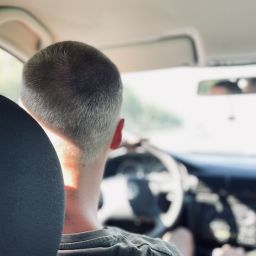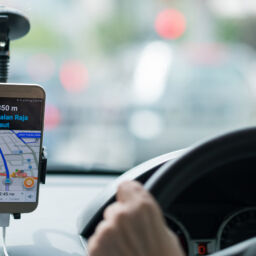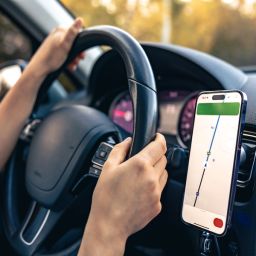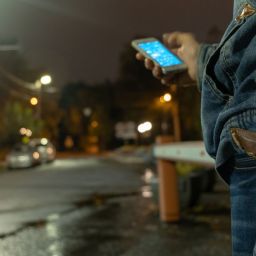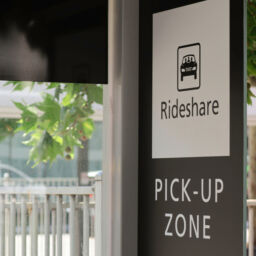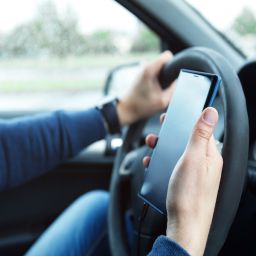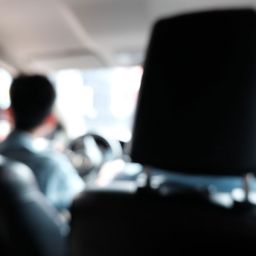[…]
Allegations of sexual assault by ride-hailing drivers date back several years. In late 2019, Uber released its first safety report, showing that nearly 6,000 sexual assaults were reported on the Uber app from 2017 to 2018. A second report disclosed an additional 3,824 assaults in the 2019-2020 period. Uber has not released a more recent report.
“We know from Uber’s own data that its policies and safety protocols are not working,” said Rachel Abrams, a partner at Peiffer Wolf, one of the law firms representing victims in the multidistrict litigation, at the press conference. Multidistrict litigation is distinct from a class-action lawsuit, as the plaintiffs still maintain their own individual cases rather than being consolidated into a single “class.”
When the petition was filed by Abrams, there were 22 lawsuits in 11 judicial districts. But she said at a press conference Wednesday that the current number is over 90. “This multidistrict litigation is one of the largest federal sexual assault litigations ever and it will undoubtedly change [the] American rideshare industry forever,” Peiffer Wolf Managing Partner Kevin Conway said at the press event. A press release from the firm said it is “filing dozens of cases” every week against Uber.
Conway added, “The reported numbers only reflect certain categories of assaults that are reported to Uber and we all know that sexual assaults are significantly under-reported.”
According to Abrams, those most vulnerable are often younger women riding home late after a night out. But, she added, mental health issues or a ride following a medical or dental procedure can make women riding alone more vulnerable to sexual assault. Women Uber drivers are also at risk of sexual misconduct from riders, Abrams said, but this litigation is limited to passengers.
Some research has shown that ride-hailing services may lower the incidence of reported sexual assault in cities. A study based on 2015 data found that in areas not well-served by public transportation or taxi pick-up points, as well as neighborhoods with a larger proportion of people of color and those near places that serve alcohol on Friday and Saturday nights, ride-hailing can be safer than walking to a transit station or waiting for a taxi to come by. But, the study does not address assaults by ride-hailing drivers.
The Uber app offers riders options to share their trips in real-time with friends or family and to connect easily with emergency responders. It also uses sensors and GPS data to monitor each ride and detect if something appears wrong.
But Abrams contends that those are inadequate. The law firm laid out a set of recommendations in its press release that include mandated in-vehicle audio and video surveillance; extensive background checks of drivers, including fingerprinting; sexual harassment education and training; and a zero-tolerance policy for drivers who behave badly. “It’s possible to make Uber rideshare safe, but major changes are necessary,” she said.
Abrams also recommended that women not get into an Uber alone late at night, take a screenshot of the driver’s information from the app, and initiate a phone conversation with someone while riding.
Lyft has also been implicated in physical and sexual assaults by drivers. While Lyft is not part of this litigation, Abrams said she expects Lyft to face a separate multidistrict litigation in the future.
Full Story: SmartCitiesDrive October 12 2023





